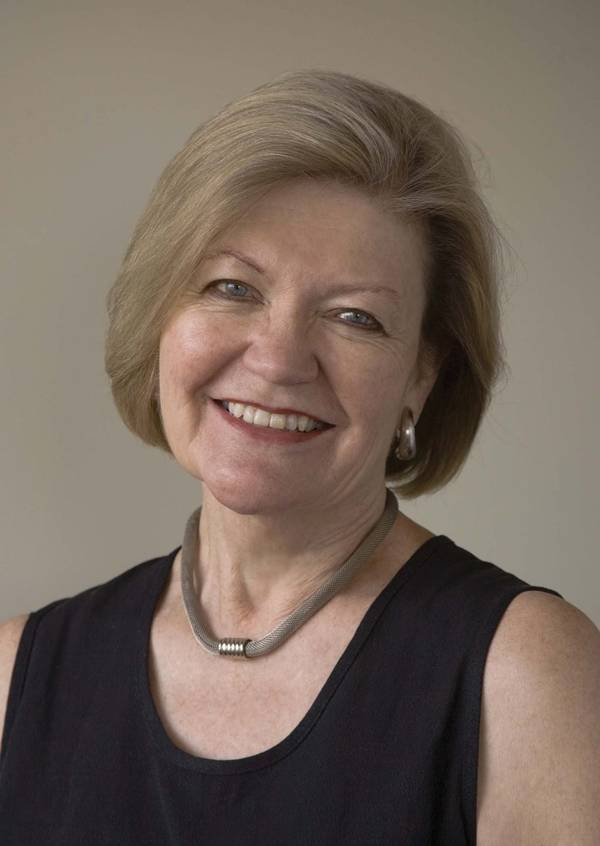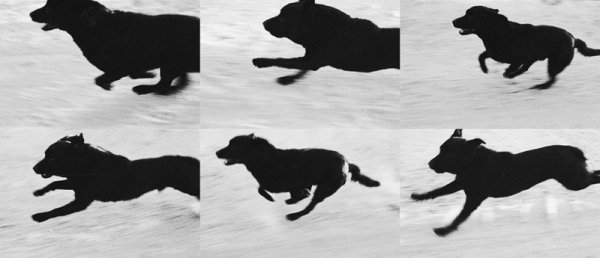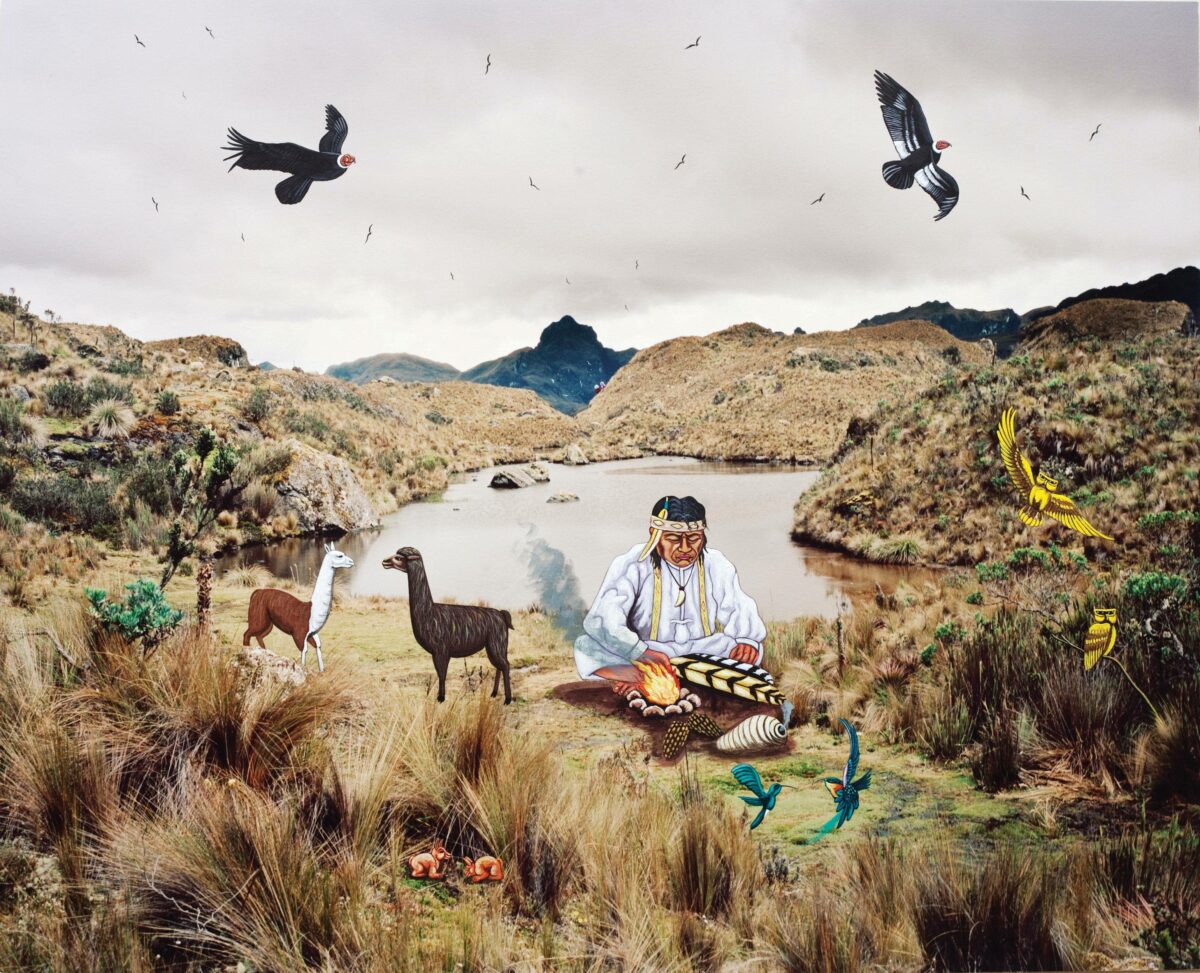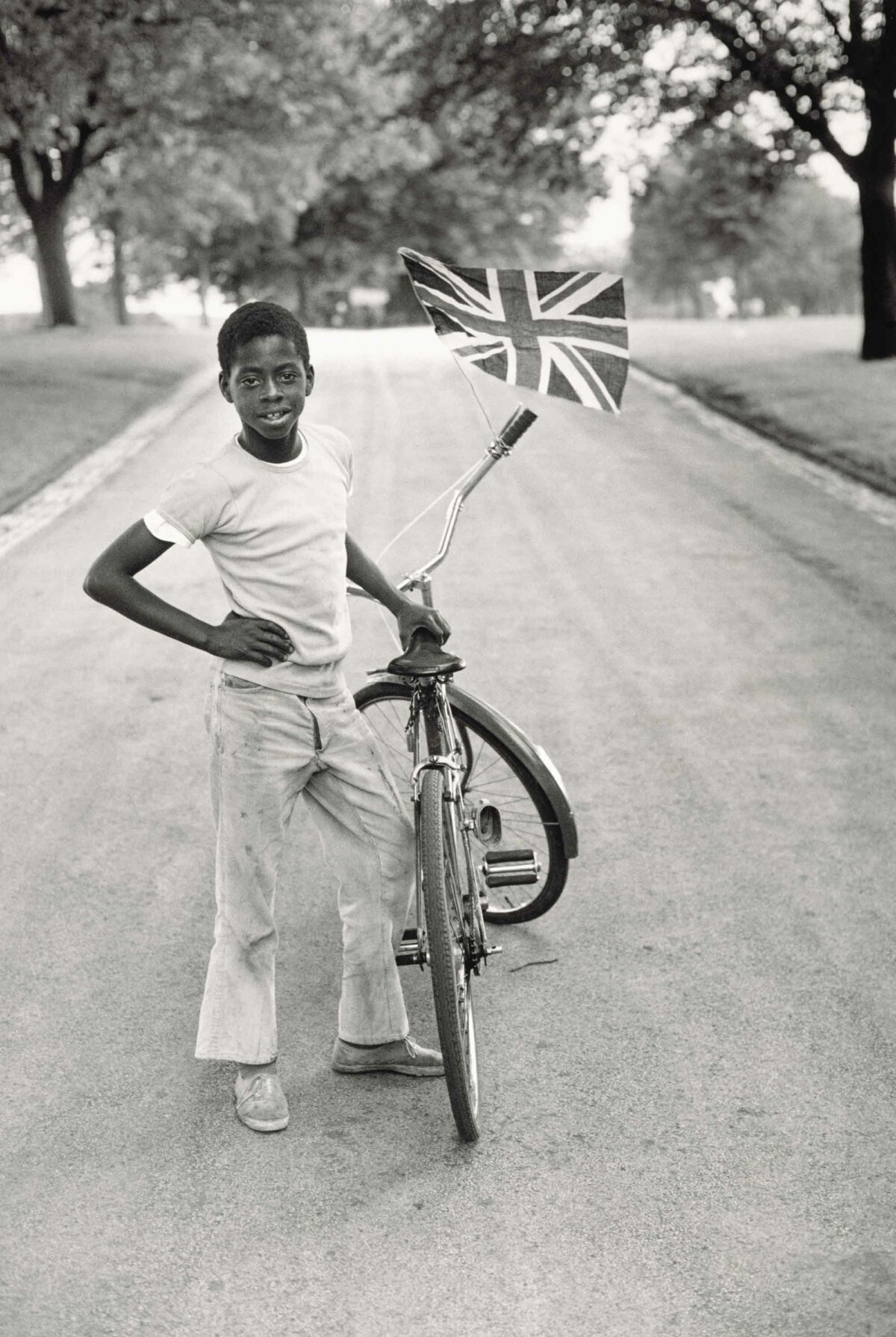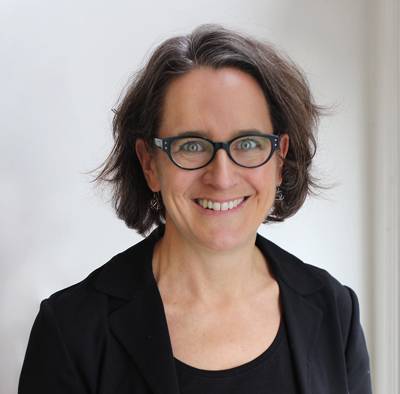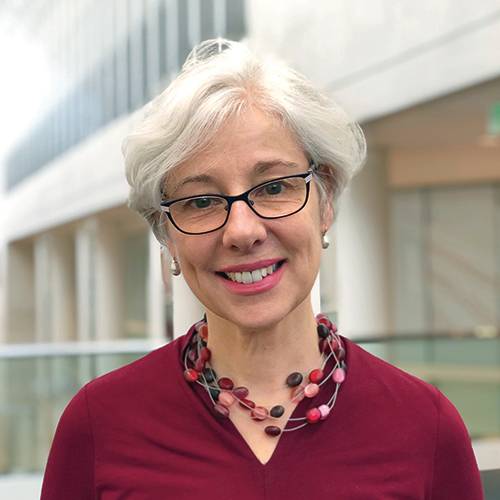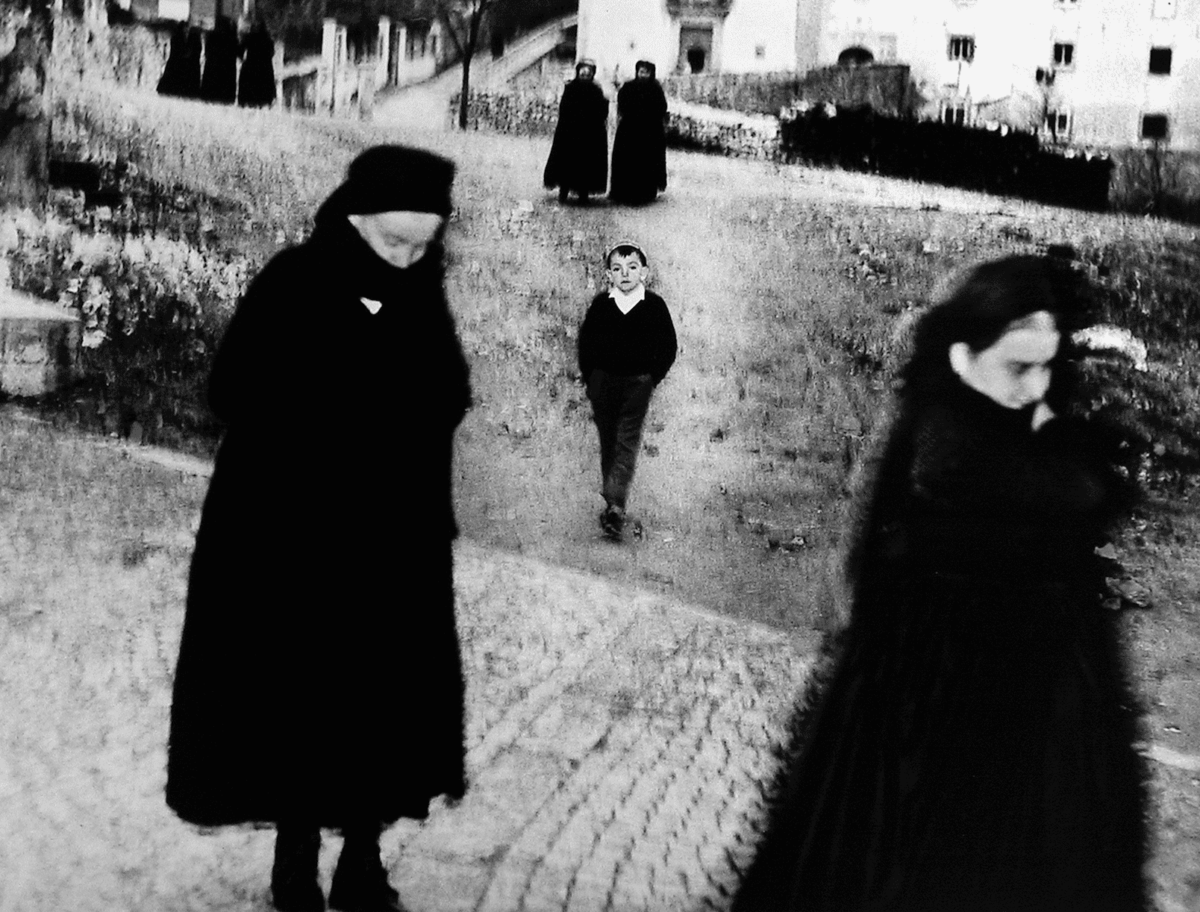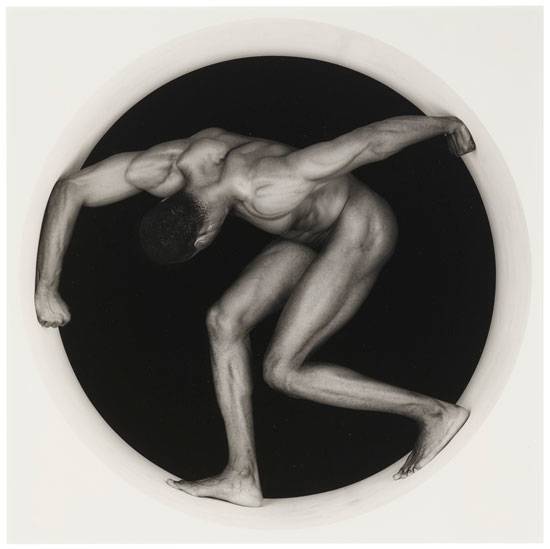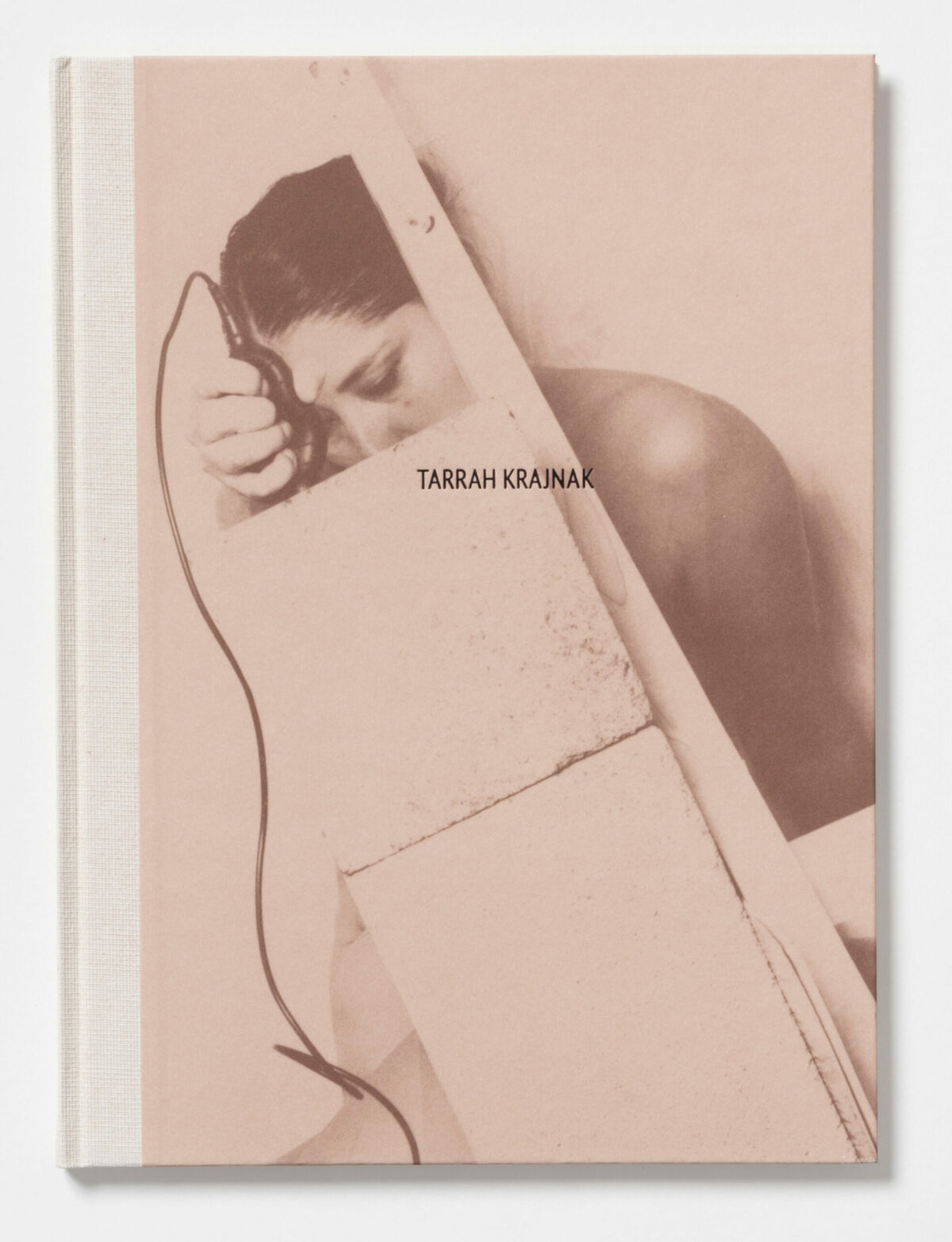The exhibition Pacific Standard Time: Art in L.A. 1945-1980 two years ago brought together more than 60 museums, galleries, and cultural organizations across Southern California to focus attention on the influential art scene long percolating there. It was an eye-opener to many people, but not Karen Sinsheimer, curator of photography at the Santa Barbara Museum of Art.
In the 1960s, Sinsheimer and her then-husband, photographer William Current, were hanging out with folks like Brett Weston and Wynn Bullock in Carmel. Sinsheimer, who had taken photography courses at Berkeley with Jack Welpott and Judy Dater, even rented Weston’s studio for a time, for a whopping $140. “I quickly realized the world didn’t need more photographers,” she says, “and that I would never get close to the level of a Weston.”
So she changed course, producing books and exhibitions. Most recently, she spearheaded the three-venue exhibition John Divola: As Far As I Could Get, on view in Santa Barbara through January 12 and at LACMA through July 6. (It closed at the Pomona College Museum of Art in December.) “Everybody in the field loves his work, and people outside the field say, ‘John who?’ He’s been under the radar for too long,” she says.
Sinsheimer seems to take particular pride in bringing the spotlight to photographers who’ve worked in the wings, orchestrating shows on the California Photo-Secessionist Anne Brigman; MGM portrait photographer Ruth Harriet Louise; and California photographer Pirkle Jones. “He had his first retrospective when he was 87 years old,” says Sinsheimer. “It was so rewarding.”
A Denver native who served two years in the Peace Corps, Sinsheimer left the field of photography for a time, taking a job at 20th Century Fox. But in 1990, she and her husband, former chancellor of UC Santa Cruz and a professor of molecular biology, moved to Santa Barbara. A friend of Sinsheimer’s mentioned that the museum was doing a 50th anniversary show of California photographers, a subject that was right up her alley. She reached out to the museum and quickly became a consultant to that exhibition. In 1992, she became a part-time curator, and then in 1997 the full-time curator of photography.
Her first major shows were four exhibitions on 19th-century photography, all with accompanying publications. She credits the collector Michael Wilson with encouraging her to invest in publications, which live on after the shows close.
Over the years, publications and collaborations have been key to her curatorial practice: Sinsheimer has worked with Anne Wilkes Tucker at the MFA Houston on a show of contemporary Korean photography, for example, and with Beth Gates Warren on a show of Margrethe Mather and Edward Weston. And then there’s John Divola’s mid-career survey. “Collaboration is the way we all need to be thinking,” she says. “Cultural institutions are all undergoing a reinvention, and we need to maximize our resources. This collaboration gave Divola a presence he might not have had otherwise.”

